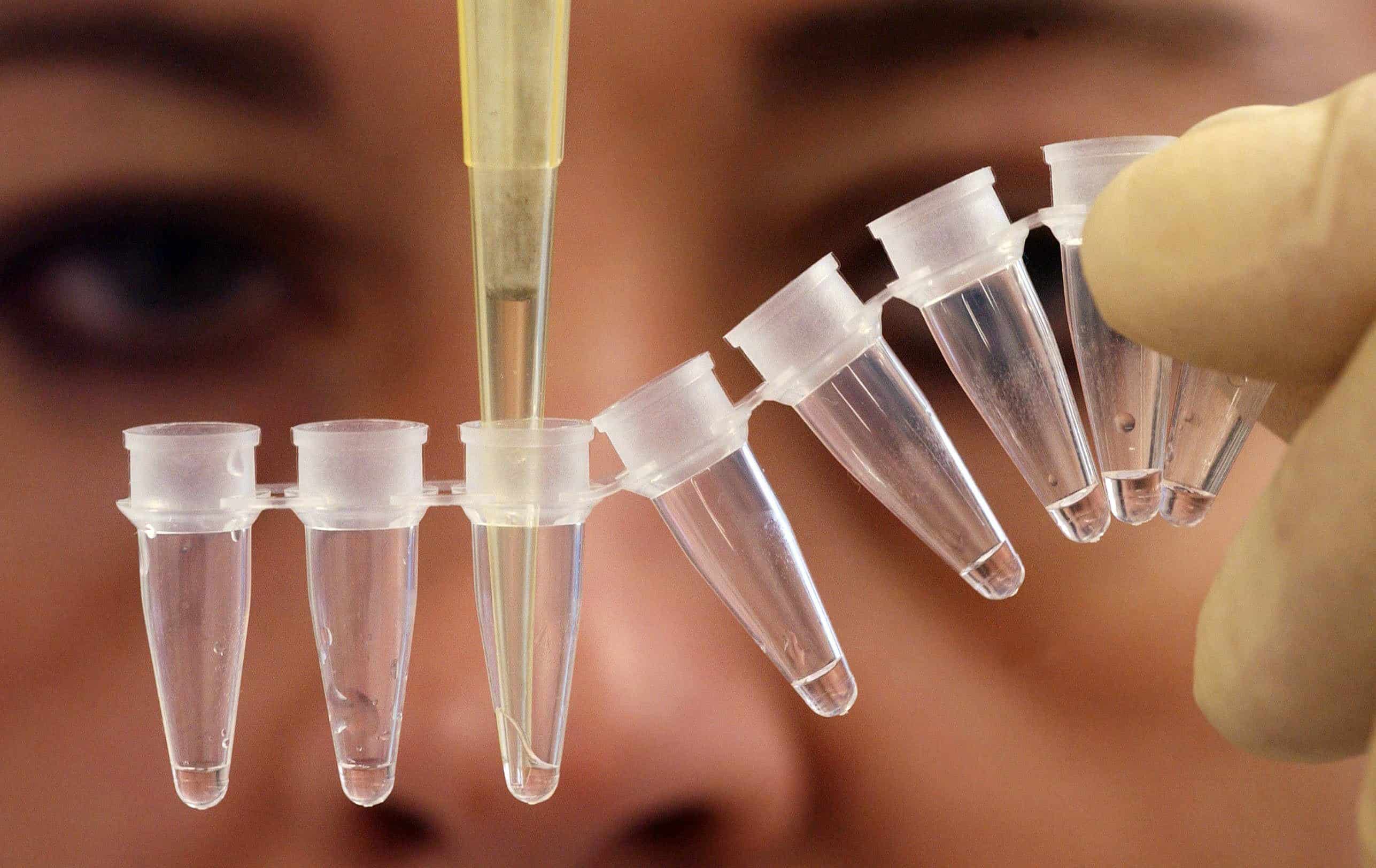Novel Biological Sample Storage Method Not Requiring Refrigeration Developed
Handling, transport, and storage of biospecimens such as blood and urine without refrigeration are extremely challenging. This formidable challenge leads to an inevitable reliance on a “cold chain” for shipping, handling, and storage of biospecimens throughout the world.
The cold chain requirement precludes biospecimen procurement from underserved populations and resource-limited settings where refrigeration and electricity are not reliable or even available.
But now, researchers at the Washington University have found an alternate storage method- storing the biological samples in tiny metal-organic hybrid structures- using nanotechnology. With this method, the samples maintain 95 percent of their purity and the information on which important health-care decisions are based.
The team led by Srikanth Singamaneni, associate professor of mechanical engineering & materials science in the School of Engineering & Applied Science, used a nanoporous material to essentially shrink wrap protein biomarkers in blood and urine samples by growing crystals around the molecules. Then, they transferred the shrink-wrapped molecules onto standard lab filter paper. Once dry, the paper can be shipped at any temperature to a lab for testing.
“Once you are ready to analyze the sample, you extract everything from the paper back into liquid,
” Singamaneni said. “We showed that this method maintains the integrity of the biospecimens.”This inexpensive and accessible method has wide applicability, the researchers said, with the potential to be used in developing countries with limited access to health care and electricity, in rural areas with limited resources, or at off-site clinics or screenings.
To test their technique, the team used artificial urine samples spiked with neutrophil gelatinase-associated lipcalin (NGAL), and blood samples spiked with CA-125, a biomarker for ovarian cancer. The team mixed the samples with precursors of the nanoporous material ZIF-8 and let them dry on the paper at room temperature.
Using standard bioanalytical techniques, the team determined that the samples with ZIF-8 encapsulation had more than 95 percent of NGAL preserved.
The researchers then, in an attempt to test its Real-world application, put the paper with the dried samples in a standard envelope and sent them via regular mail to a colleague in California, who mailed them back to Washington University. The researchers tested the samples after the 10-day round trip and found up to 90 percent of the NGAL was preserved.
“One of our next steps is to take the technology out of the laboratory and commercialize it so that it can work to the greatest good for the greatest number of people,” said Kharasch, also director of the Center for Clinical Pharmacology. “This would make it widely available in both first-world countries as well as emerging countries and in emergency situations or environmental disasters where we need to deploy people and have scarce resources.”































